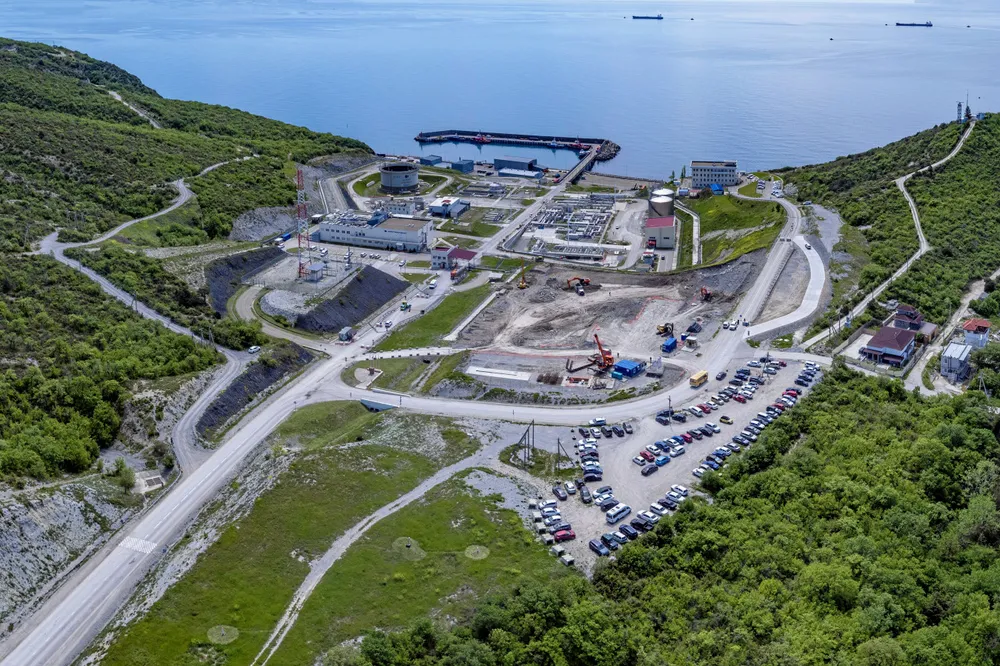Caspian Pipeline restores full capacity to its export terminal in Russia
Operator completes repairs at facility that handles the bulk of Kazakhstan's oil shipments

Operator completes repairs at facility that handles the bulk of Kazakhstan's oil shipments
